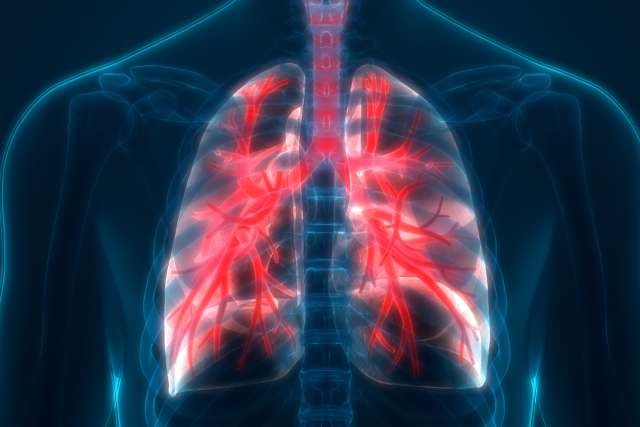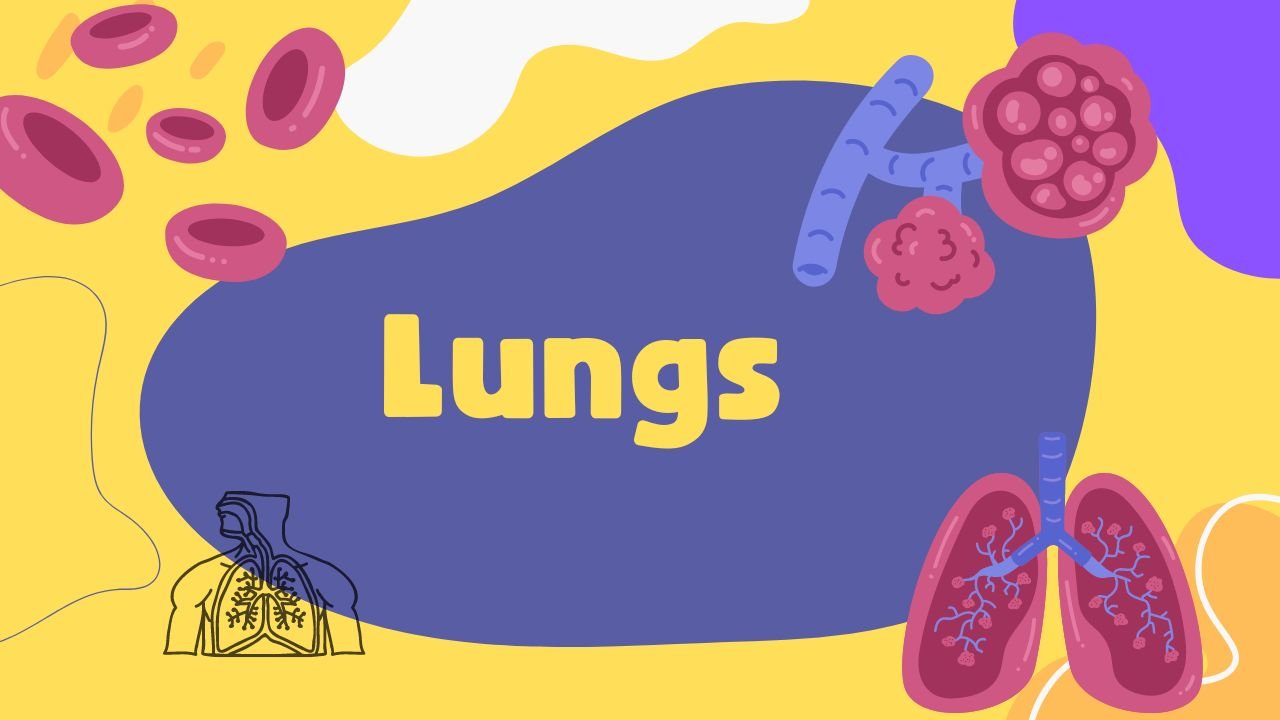Lungs
What are lungs:
The main respiratory organs in both humans and the majority of other animals are the lungs. Lung parenchyma and airways make up the respiratory system. The bronchus, which splits into the trachea and then into the bronchioles and alveoli, makes up the airway.
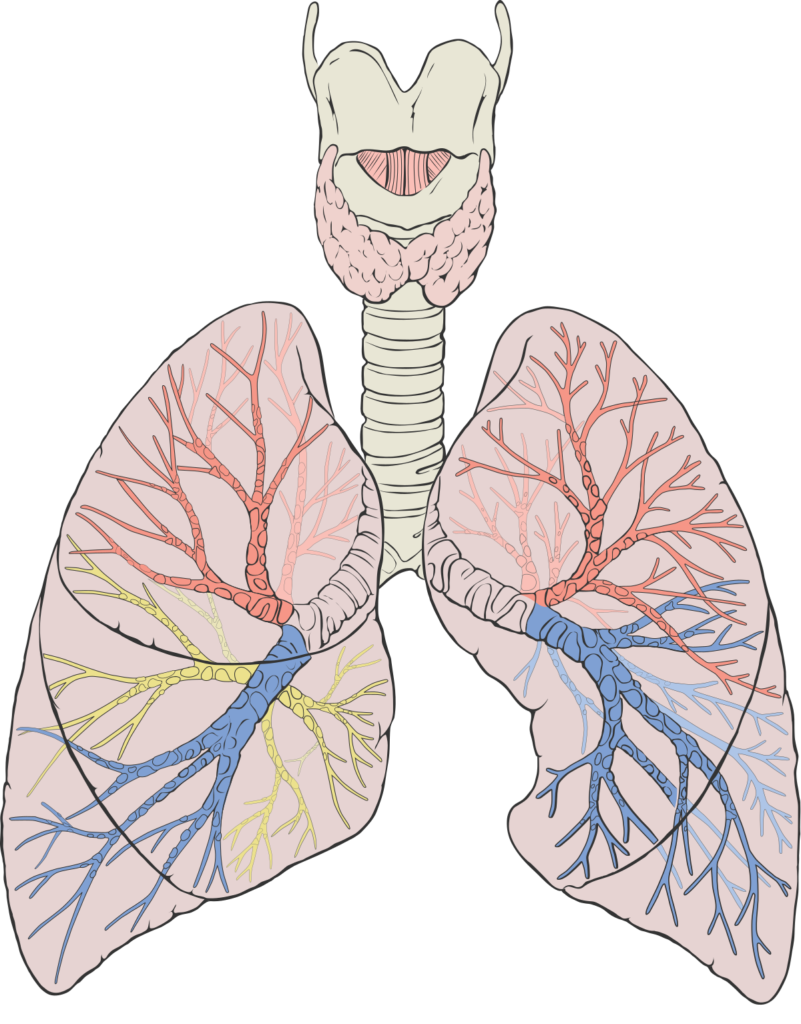
A right lung and a left lung are found in humans. It is located in the chest’s thoracic cavity. On either side of the heart, it is located close to the backbone. The lungs have two main roles: removing carbon dioxide from the blood and absorbing oxygen from the air. Gas exchange refers to the entire process. Additionally, the airflow necessary for human speech is provided by the lungs. The diaphragm is the muscle which is responsible for driving gaseous exchange in the lungs.
Both lungs together weigh around 1.3 kg, the right one being heavier than the left. The lungs are enclosed in a pleural cavity called pleurae which is filled with pleural fluid. The pleural fluid between the outer and inner membranes smoothers the process of breathing and prevents friction.
Anatomy
The lungs are conical in shape with a rounded narrow apex at the top. At the bottom is a broad concave base that lies on the convex surface of the diaphragm. Anatomically, lungs have an apex, three surfaces and three borders.
The lungs are divided into lobes, with the right lung having three lobes and the left lung having two. Each lobe is further divided into smaller sections called bronchopulmonary segments.
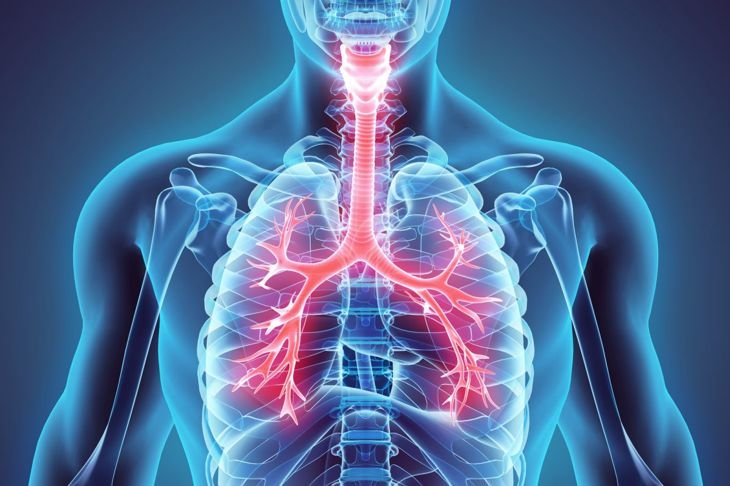
The lungs are surrounded by a thin layer of tissue called the pleura, which helps them expand and contract during breathing.
How lungs work
The lungs are a vital part of the respiratory system in humans and other mammals. Their primary function is to facilitate gas exchange between the air we breathe and the bloodstream.
The air we inhale is taken in through the nose or mouth and travels down the trachea into the lungs. The lungs are made up of a network of bronchi, bronchioles, and alveoli. The bronchi and bronchioles are air passages that lead to the alveoli, which are tiny sacs where gas exchange occurs.
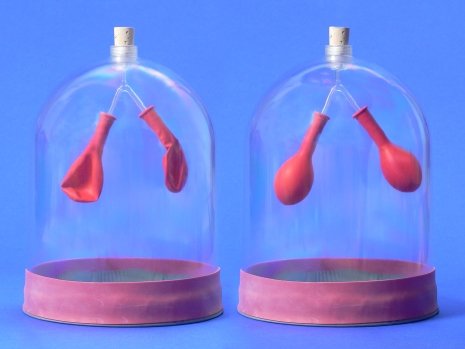
When we inhale, air enters the alveoli and oxygen diffuses across the alveolar walls into the bloodstream. At the same time, carbon dioxide from the bloodstream diffuses across the alveolar walls into the alveoli, where it can be exhaled.
The lungs are protected by the ribcage and the diaphragm, which is a large muscle that sits at the base of the chest cavity. When we breathe in, the diaphragm contracts and moves downward, increasing the volume of the chest cavity and creating a vacuum that pulls air into the lungs. When we exhale, the diaphragm relaxes and moves upward, reducing the volume of the chest cavity and forcing air out of the lungs.
The lungs also play a role in regulating the body’s pH balance by helping to eliminate excess carbon dioxide, which can cause the blood to become too acidic. They also produce a surfactant, which helps to keep the alveoli from collapsing.
The lungs can be affected by a variety of diseases and conditions, including asthma, chronic obstructive pulmonary disease, lung cancer, pneumonia, and tuberculosis. Smoking is a major risk factor for lung cancer and COPD,
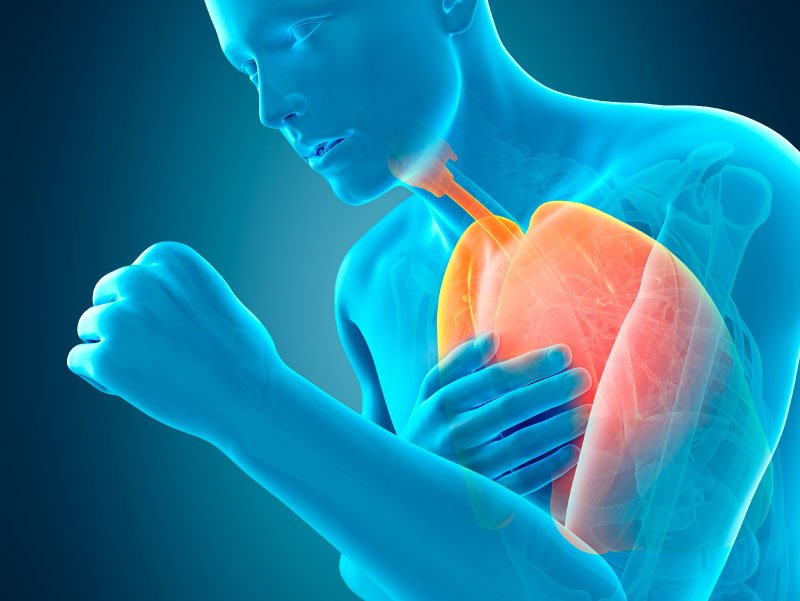
and exposure to pollutants such as asbestos can also damage the lungs. Treatment for lung diseases can include medication, oxygen therapy, and in some cases, surgery.
